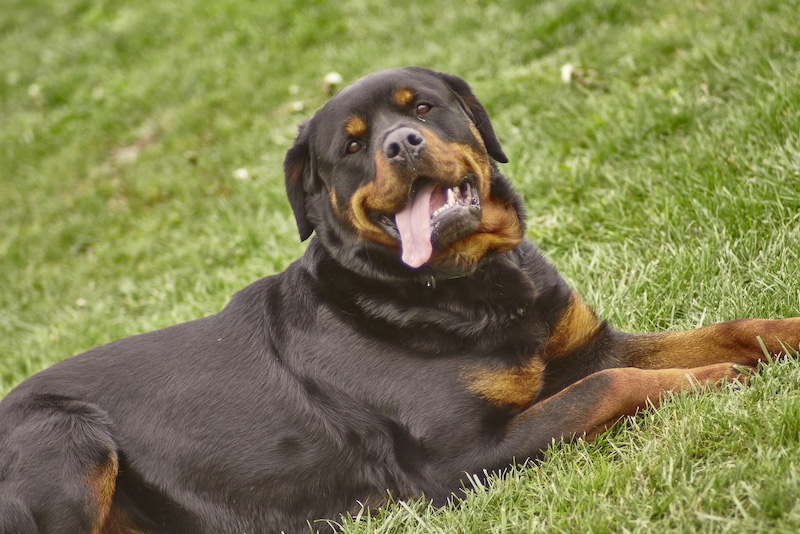Dog attacks are rare, but when they turn fatal, certain breeds appear more frequently in the data. According to the Centers for Disease Control and Prevention (CDC), the U.S. sees an average of about 43 dog-bite fatalities each year, with some years—like 2021—reaching as high as 81 deaths. Here are the ten breeds most often associated with these tragic incidents.
Pit Bull–Type Dogs

Pit bulls are overwhelmingly linked to the highest number of fatal dog attacks. According to a review by DogsBite.org, pit bull–type dogs were responsible for 284 fatal attacks in the U.S. between 2005 and 2017, accounting for approximately 66% of all dog-related deaths. Despite making up a relatively small portion of the dog population, their strength and bite force make attacks more likely to turn deadly.
Rottweiler
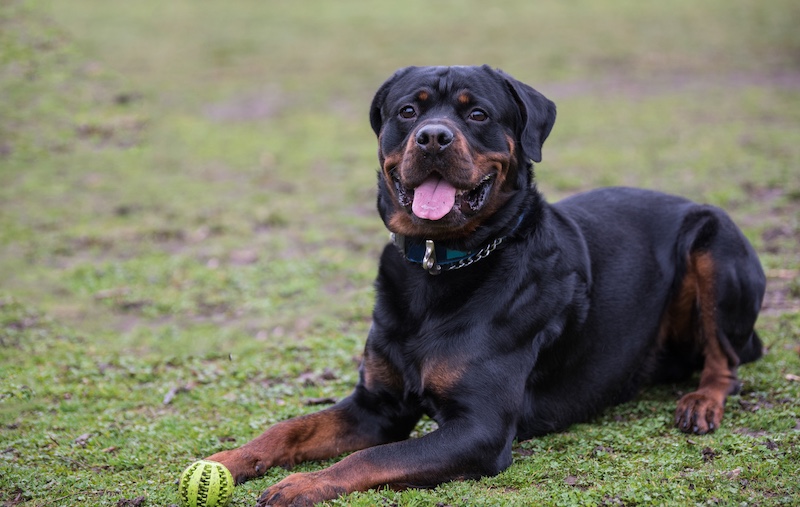
Rottweilers were the second most deadly breed in the same DogsBite.org report, responsible for 45 fatalities, or about 10% of all deaths. According to a CDC-backed analysis, their high guarding instincts combined with strong jaws contribute to the severity of attacks when they do occur.
German Shepherd
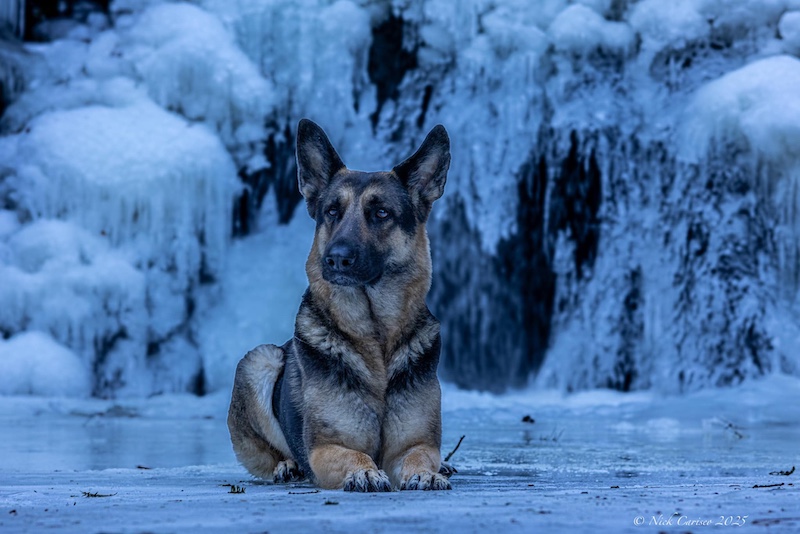
As reported by the American Veterinary Medical Association (AVMA), German Shepherds rank high in both bite frequency and bite severity. These dogs were responsible for approximately 20 fatalities during the study period. Their protective nature, if poorly managed, can lead to aggressive behavior.
American Bulldog
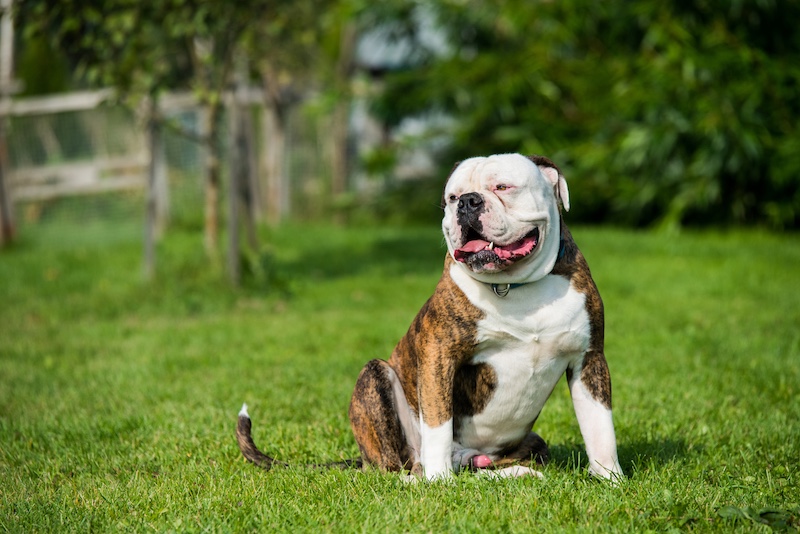
American Bulldogs were involved in at least 15 fatal attacks. As reported by DogsBite.org, these muscular dogs can be imposing and dominant, and often require experienced handling to prevent behavioral issues from escalating.
Alaskan Malamute
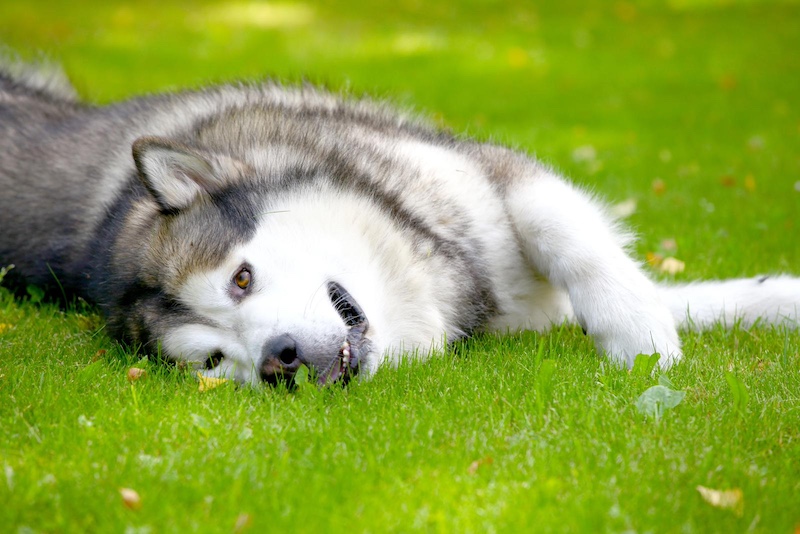
Alaskan Malamutes were involved in several fatal attacks, with at least 5 deaths attributed to the breed. According to CDC records and multiple veterinary sources, their strong prey drive and stubbornness can be problematic, particularly around small children or other animals. Their close relation to sled dogs like Huskies adds to their high energy and need for strong leadership.
Mastiffs (Including Bullmastiffs)
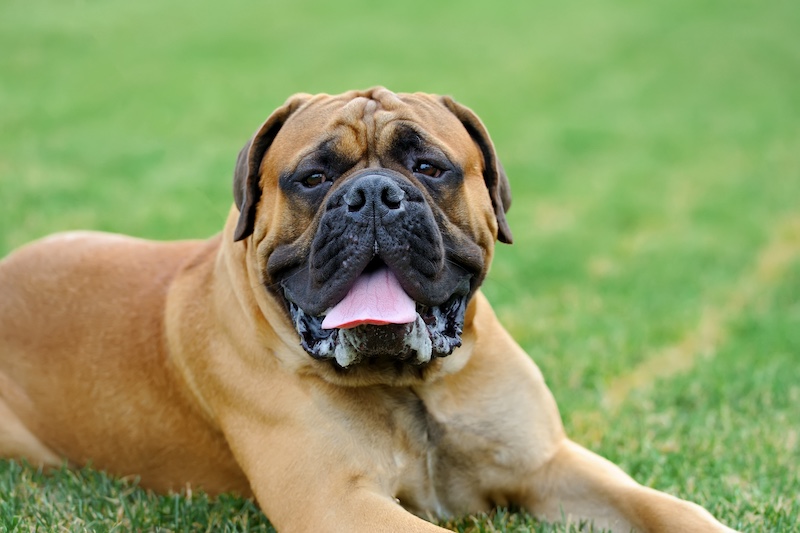
Mastiffs and Bullmastiffs were involved in approximately 14 fatalities. As noted in a study published by the Journal of the American Veterinary Medical Association, their large size and territorial instincts play a major role in the lethality of their attacks when aggression occurs.
Siberian Husky
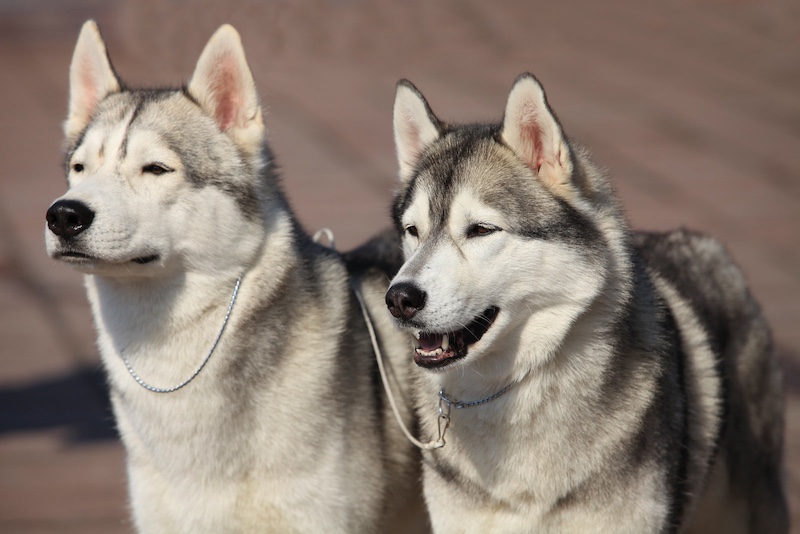
Despite their friendly reputation, Siberian Huskies were linked to around 13 fatal attacks, particularly involving small children. According to the CDC, many of these incidents occurred in homes where the dog’s high energy and prey drive were misunderstood or mismanaged.
Labrador Retriever
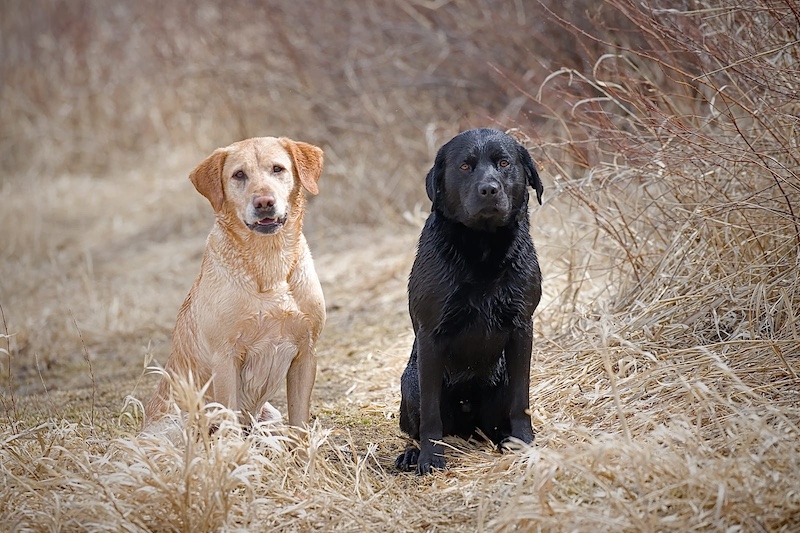
Labrador Retrievers are among the most popular family dogs, but they were responsible for roughly 9 fatalities. As reported by Time magazine, this data illustrates that any dog, regardless of temperament, can be dangerous in the wrong environment or with inadequate supervision.
Boxer
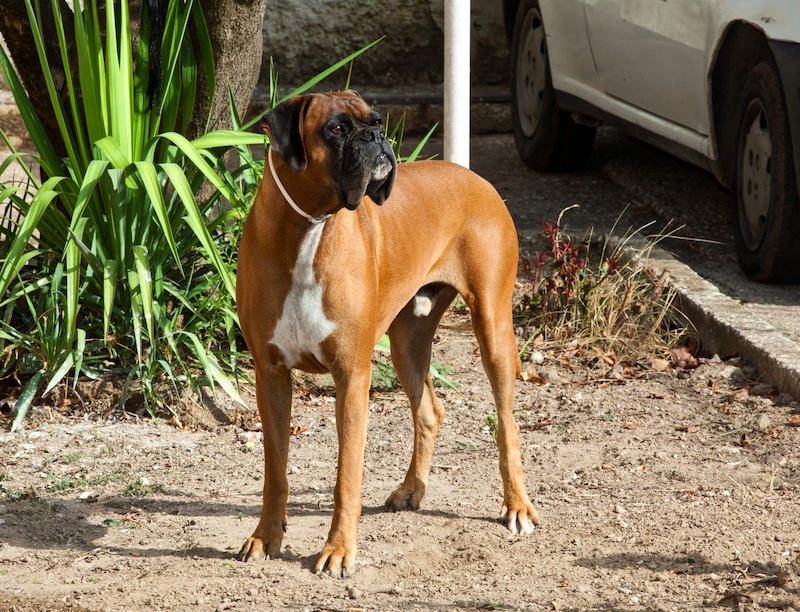
Boxers were tied to approximately 7 fatal attacks in the same reporting period. Known for their muscular builds and alert nature, Boxers can become aggressive without proper training and socialization, according to veterinary behaviorists.
Doberman Pinscher
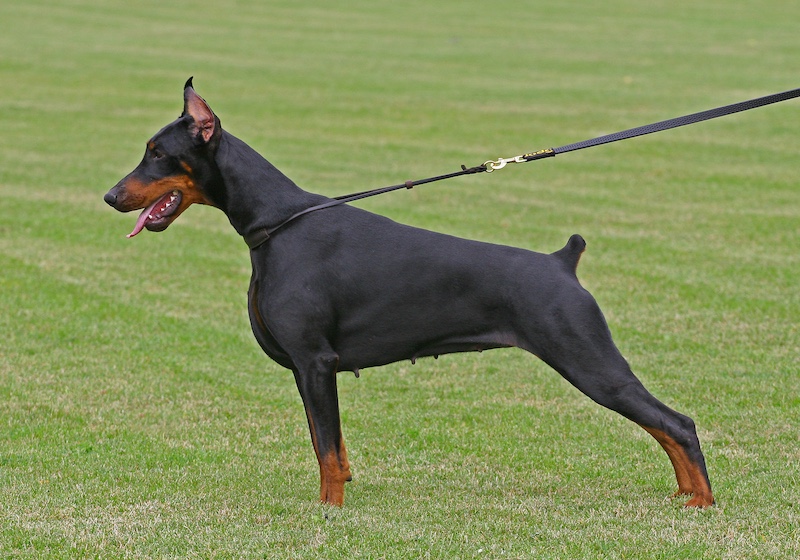
Dobermans were linked to around 6 fatalities. Historically used as guard dogs, Dobermans can be protective and territorial. According to the AVMA, lack of socialization and improper handling can contribute to aggressive incidents.
- Please Note: This content was created with the assistance of AI and thoroughly edited by a human before publishing.

